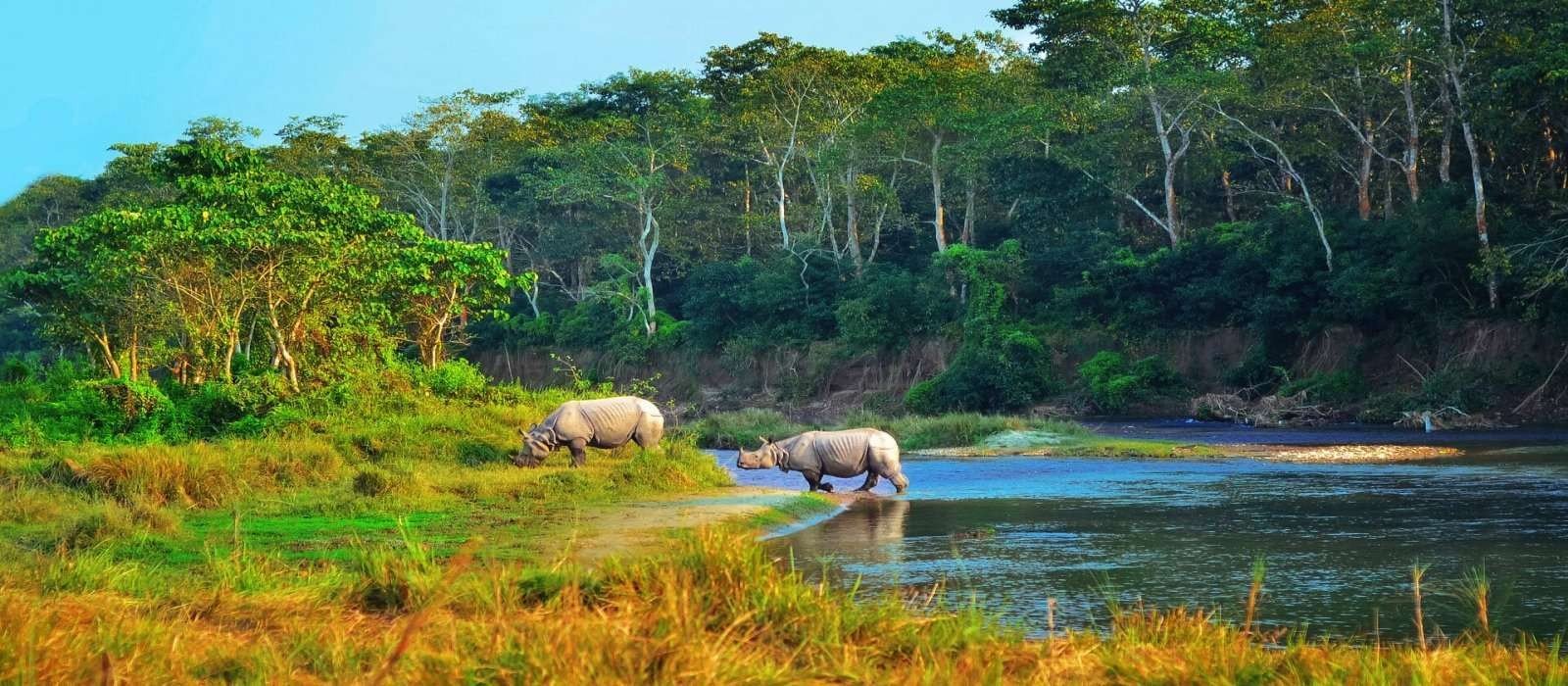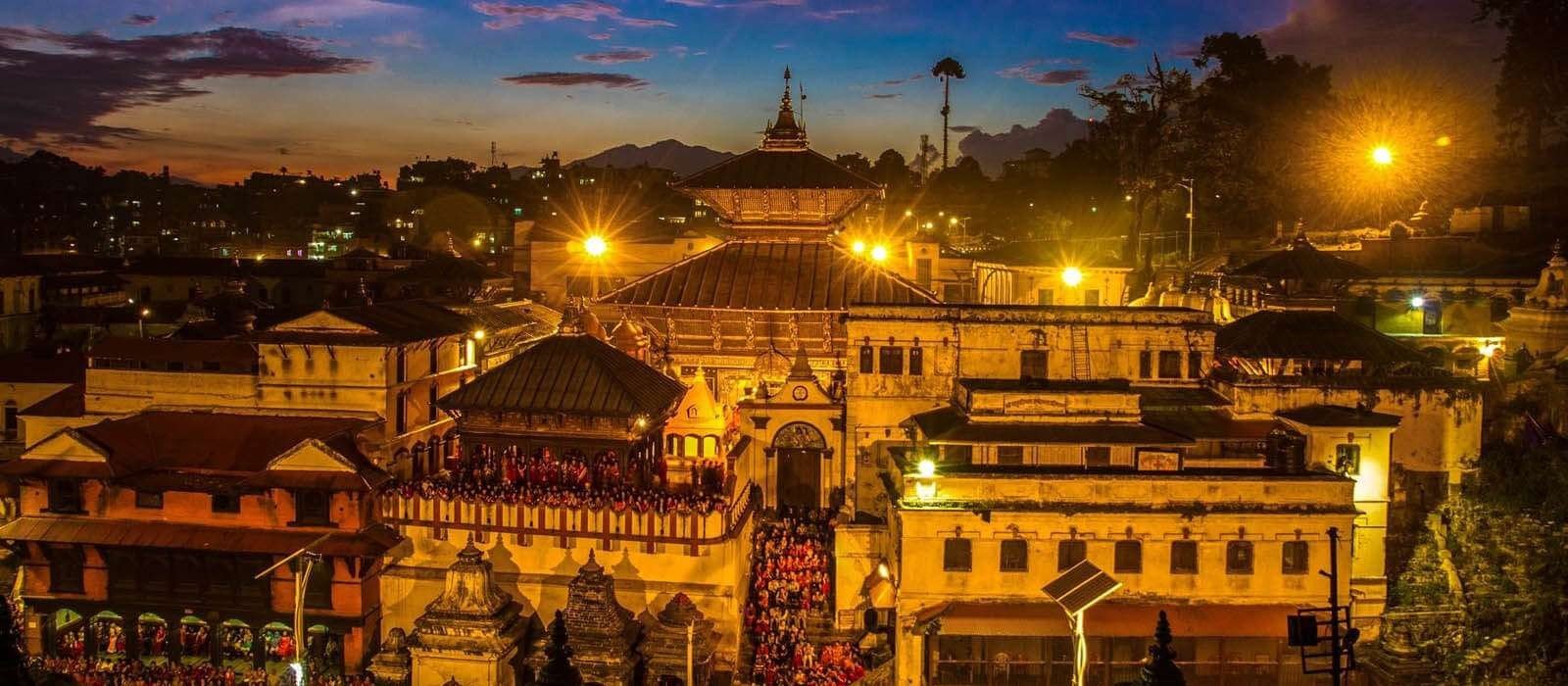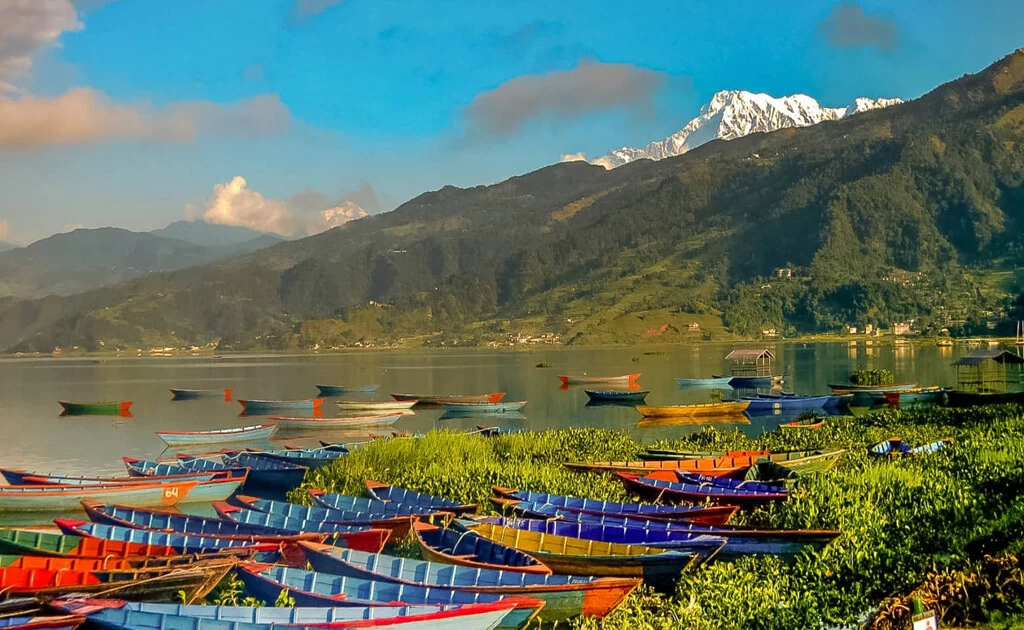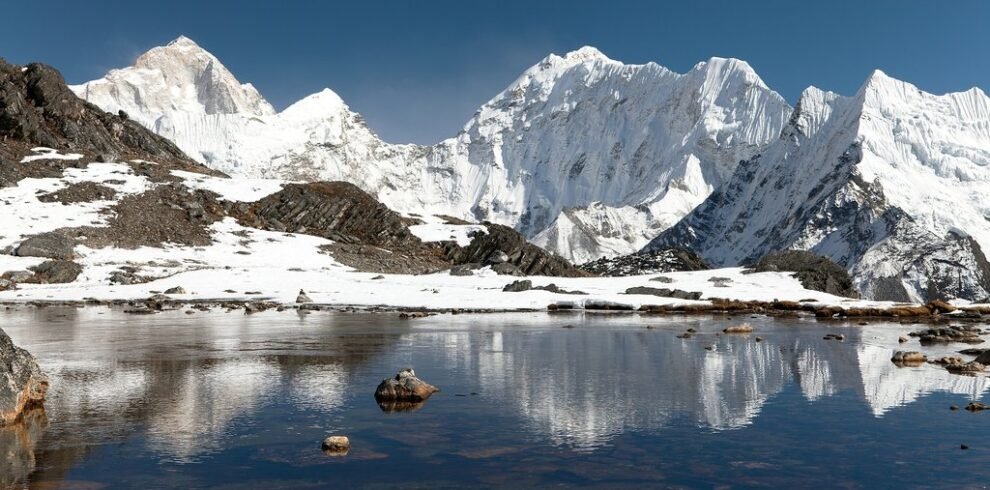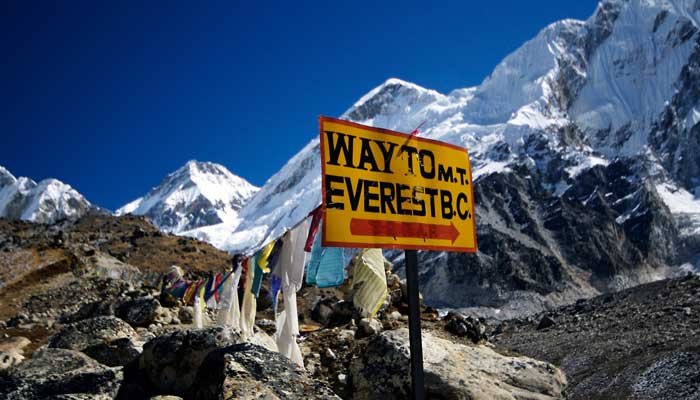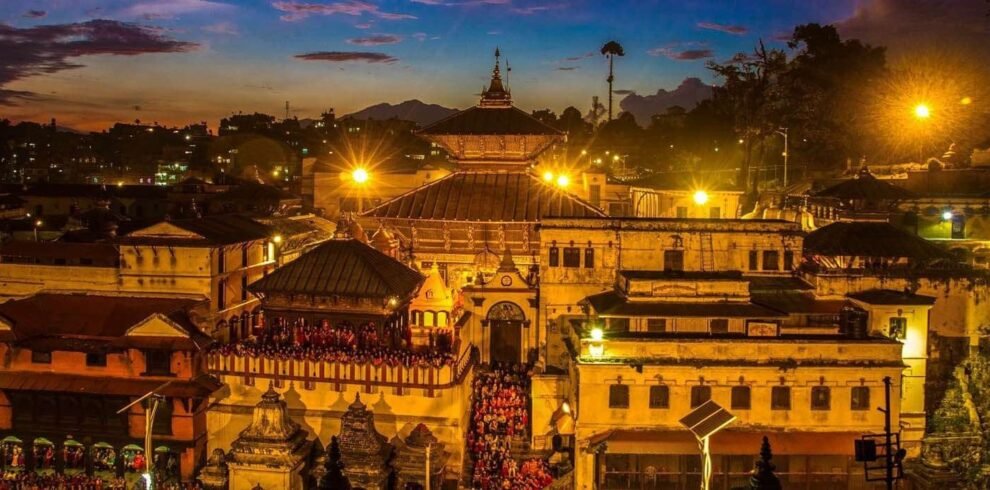The Kathmandu–Pokhara–Chitwan Tour is one of the most popular travel packages in Nepal, offering a perfect blend of culture, nature, and adventure. These three iconic destinations showcase the diverse beauty of the country—Kathmandu’s rich heritage and temples, Pokhara’s serene lakes and mountain views, and Chitwan’s lush jungles and wildlife. Visiting all three provides a well-rounded and unforgettable Nepal experience, making this tour truly worth every moment and investment.
Trip Info
-
Hotel/Lodge/Tea House during the trek
-
Octo/ Nov, March/April/May
-
2000m.
-
Fly/Car/Jeep/ Bus
-
5/6 hours
Overview
Our tour starts with a visit to several landmarks in Kathmandu that have been recognized as UNESCO World Heritage Sites. These include Pashupatinath Temple, where various Hindu deities are worshipped and cremation ceremonies take place; Boudhanath and Swayambhunath (also known as the Monkey Temple), which are home to the largest stupas in the world and are decorated with prayer flags and spinning wheels. The ancient palaces of Bhaktapur, Patan, and Basantapur, collectively known as Durbar Squares, are also part of the tour and showcase the rich culture of the region through intricately designed stone and wood carvings on pagoda-style temples and other structures. These sites exemplify the religious harmony and cultural heritage of Kathmandu.
Trip Highlights
- Cultural and Heritage Sightseeing in Kathmandu.
- Jungle Safari activities in Chitwan National Park.
- Scenic Drive to Pokhara and Chitwan.
- Observation of wildlife, flora, and fauna in Chitwan.
- Explore Pokhara, the city of Lake.
Itinerary
The moment your feet touch the ancient soil of Kathmandu, the air itself seems to hum with an energy both foreign and familiar. The mountains, though hidden beyond the horizon, seem to breathe their cool presence into the warm air, while the city, sprawled beneath a brilliant sky, awakens in a symphony of sounds and scents.
Your arrival in this fabled city is met with the subtle embrace of chaos and serenity, woven together in a harmony only Kathmandu can master. The streets, a living maze of life, pulse with color—rickshaws weave through the throngs of people, and the scent of spice and incense drifts like a whispered invitation. Yet, amidst the cacophony, there is a profound stillness, as if the city’s ancient soul waits patiently for you to discover it.
You are greeted warmly, and as you make your way through the streets, each turn offers a glimpse of the everyday sacred—the sway of prayer flags in the breeze, the glint of golden stupas rising above the rooftops, the gentle spin of a prayer wheel by a passerby’s hand. This is Kathmandu, where the sacred and the mundane dance together in every breath of life.
The journey to your hotel feels like an introduction to a story, the first few pages turning slowly, each moment a clue to the wonders that lie ahead. And when you finally arrive, the hotel feels like a retreat, a space where the bustling world outside is softened into quiet comfort. The room, with its simple elegance, offers a view of the city’s skyline, where temples and homes sit side by side under the vast expanse of the Himalayan sky.
You set your bags down, and as you sink into a chair, there is a sense of arrival not just in a place, but in a moment—a moment where your adventure truly begins.
The sun rises over the Kathmandu Valley, casting a golden veil over a land steeped in myth and history. The day begins with the call of temple bells and the murmur of life awakening. As you step out into the streets, the valley reveals itself like an ancient manuscript, each site a story inscribed in time.
Your first stop is the majestic Swayambhunath, the "Monkey Temple," perched high on its hill. From its summit, the entire valley stretches out below, bathed in soft morning light. The stupa’s all-seeing eyes gaze upon you, as prayer flags flutter in the breeze, carrying whispered mantras to the heavens.
Down into the heart of the city, you wander through the labyrinthine lanes of Patan Durbar Square, where intricately carved temples rise like offerings to the sky. The square is alive, a place where artisans still work their craft, hammering metal and chiseling stone, preserving centuries of tradition.
Later, you find yourself at Pashupatinath, Nepal’s most sacred temple, where the Bagmati River flows in quiet witness to life’s eternal cycles. The scent of incense fills the air, and the chants of pilgrims weave a spell of devotion that echoes through the valley as the sun begins its slow descent.
As dawn breaks over Kathmandu, the city hums with quiet anticipation, its streets slowly stirring as you embark on your journey. The road from Kathmandu to Chitwan unfurls like a ribbon of possibility, leading you away from the bustling heart of the valley and into the verdant arms of the lowland Terai. The landscape changes gradually, from terraced hills and distant mountain silhouettes to lush plains, where emerald fields stretch beneath an endless sky. Villages pass by, their rhythms of life woven into the very fabric of the earth.
Arriving in Chitwan, the air thickens with the scent of greenery and damp soil, alive with the symphony of the jungle. The forest, ancient and teeming with secrets, beckons you closer. Soon, you find yourself on a jungle safari, the dense canopy above filtering the sunlight into a gentle green glow. The silence is broken only by the rustle of leaves and the occasional call of wild creatures hidden in the depths.
With bated breath, you move deeper into the wild, eyes scanning the underbrush for a glimpse of the one-horned rhino, or perhaps the majestic Bengal tiger, whose presence lingers like a ghost in this ancient wilderness. Here, in Chitwan, nature reigns supreme, untamed and eternal.
The dawn in Chitwan stirs with a quiet reverence, as if the jungle itself holds its breath in anticipation. Mist clings to the canopy, and the forest hums with life unseen but ever-present. As the first rays of sun pierce through the leaves, your day of immersion into this primeval wilderness begins.
You set out on foot, the earth soft beneath you, as the guide’s whispers blend with the calls of birds overhead. The jungle awakens around you—peacocks fan their iridescent feathers in a proud display, and monkeys chatter in the treetops, darting between the towering branches. Every step feels like entering another world, one where the rules of nature are both delicate and fierce.
Later, you glide along the Rapti River in a narrow canoe, the water so still it reflects the sky like a mirror. Crocodiles laze on the banks, their ancient eyes half-closed, while kingfishers dive like arrows into the river’s glassy surface. The air is thick with the scent of wildflowers and damp earth, a heady perfume of the untamed.
As the sun begins to sink, a jungle safari takes you deeper into the wild, where the forest reveals its most elusive inhabitants. The day winds down, but the pulse of the jungle never fades—it beats on, eternal, like the soul of Chitwan itself.
After a tranquil morning in the heart of the jungle, you enjoy a final breakfast at the lodge, where the scent of fresh fruit and brewed coffee mingles with the earthy aroma of the waking forest. Outside, the mist still clings to the treetops, and the calls of distant birds serenade you into the day.
The road from Chitwan to Pokhara stretches out like a journey through Nepal’s shifting landscapes, a quiet unraveling of the world’s mysteries. As you leave the lush, untamed wilderness of Chitwan behind, the flatlands give way to rolling hills, where terraced fields hug the slopes like ancient carvings etched into the earth. The air grows cooler, and the mountains slowly begin to rise on the horizon, their snow-capped peaks distant but luminous, like silent watchers.
Villages pass by in a blur of life, each one a glimpse into a rhythm as old as the land itself—children running along dirt roads, farmers tending to their crops, and women carrying baskets heavy with harvest. The journey is a symphony of color and movement, the very essence of Nepal’s beauty unfolding before your eyes.
By the time you arrive in Pokhara, the tranquil waters of Phewa Lake shimmer beneath the golden light of late afternoon, and the mountains seem closer, their jagged peaks a promise of the adventures yet to come.
Pokhara, the jewel of Nepal cradled beneath the watchful gaze of the Annapurna range, greets you with a morning that seems to shimmer in the embrace of its still waters and towering peaks. The day unfurls before you, a canvas of quiet beauty, waiting to be explored.
Your journey begins at the serene Phewa Lake, where boats float like whispers across the glassy surface, reflecting the majesty of Machapuchare, the "Fishtail Mountain," in its depths. The lake holds the city in its quiet embrace, and as you drift along its waters, there’s a sense of peace that seeps into your very soul, a connection between earth and sky, man and mountain.
From there, you make your way to the World Peace Pagoda, perched high above the city like a crown of tranquility. The climb is gentle, and with each step, the view expands until the entire valley lies spread before you. At the top, the stupa gleams white against the sky, a symbol of harmony that feels almost tangible as the breeze carries your thoughts far beyond the horizon.
Descending back into the city, you find yourself at the entrance to Davis Falls, where water rushes through a hidden gorge, carving its path with a force that echoes the quiet power of the mountains. Nearby, Gupteshwor Cave beckons, its cool shadows concealing ancient secrets whispered through time.
As the day winds on, the city pulses with a different energy—an evening stroll along Lakeside reveals cafes and shops alive with chatter, music spilling from doorways, and the scent of Nepali food curling through the air. Pokhara, at once serene and vibrant, unfolds its layers to you, a place where nature and culture merge in perfect harmony. The mountains glow softly in the fading light, like silent guardians of the stories told within the city’s embrace.
As your time in Pokhara draws to a close, the city bids you farewell in its quiet, graceful way—its lake still reflecting the morning sun, and the mighty peaks of the Annapurnas shimmering under the vast blue sky. Whether you take to the skies or follow the winding road back to Kathmandu, the journey becomes part of the adventure, each mile steeped in Nepal's beauty.
If you choose the sky, your flight lifts off above the lake, sweeping you over verdant hills and deep valleys, the mountains rising in the distance like ancient titans. From the window, the Himalayas stretch endlessly, their white crowns glinting in the sunlight, as you float through a realm where earth and sky blur into one. The flight is brief, but in those moments, time feels suspended, as though the mountains are whispering their secrets to you from afar.
Should you follow the road, it winds its way through the heart of the country, past terraced fields, rushing rivers, and villages that seem to have grown from the land itself. The drive is a meditation, a slow unfolding of landscapes that shift from the emerald valleys of Pokhara to the bustling, colorful tapestry of Kathmandu.
Upon arrival, the capital greets you with its familiar energy, a swirl of life and motion that feels like the heartbeat of Nepal itself. The streets are alive with the sound of prayer wheels, the scent of incense, and the hum of a city where the ancient and the modern walk hand in hand. As you step into your hotel, a sense of both completion and anticipation settles over you—the journey may have brought you back to Kathmandu, but the adventure still lives on in every step.
As the final moments of your journey arrive, the city of Kathmandu seems to hold its breath, as if reluctant to let you go. The air is thick with memories of mist-shrouded mountains, ancient temples, and jungle whispers that have now become part of your story. The streets, once bustling and foreign, now feel like old companions, their chaotic harmony etched into your heart.
With each step toward the airport, the distant peaks of the Himalayas loom like silent guardians, watching over your departure with the same quiet reverence they’ve held for centuries. The soft chime of temple bells lingers in the air, and prayer flags flutter in the wind, sending their blessings out into the wide world.
As your plane ascends, the land below fades from view, but Nepal remains—its spirit tucked gently into the folds of your memory, a place you carry with you, wherever the next adventure may lead.
Includes/Excludes
Includes
- Airport picks up and drop by private car, van, Bus.
- 3night 3*hotel in Kathmandu on B.B Plan.
- Kathmandu Valley sightseeing with car and tour guide.
- 2night 3days Chitwan National park tour on full board basis
- Chitwan national park entrance fee.
- All jungle activities as per itinerary and package.
- Kathmandu-Chitwan-pokhara-Kathmandu by Car.
- 2 night 3*hotel in pokhara on B.B plan.
- Pokhara valley sightseeing including Sarangkot.
- Farewell dinner.
Excludes
- Nepal entry visa fee you may easily issue the visa upon your arrival at International Airport Kathmandu. You need 2 passport size photos and $40 dollar.
- International airfare/Kathmandu sightseeing Entrance fee.
- Lunch/ Dinner in Kathmandu and pokhara.
- Your personal Expenditure.
FAQs
Yes, most travelers need a visa to visit Nepal. Here are some key points about Nepali visas:
Visa on Arrival:
Most visitors can obtain a tourist visa upon arrival at Tribhuvan International Airport in Kathmandu and certain land borders.
You’ll need to fill out a visa application form and provide a passport-sized photo.
Visa fees vary depending on the duration of your stay:
15 days: USD 30
30 days: USD 50
90 days: USD 125
E-Visa:
Alternatively, you can apply for a tourist visa online through the Nepali Immigration website before your trip.
E-visas are available for 15, 30, and 90 days, with similar fees as the visa on arrival.
Visa Extensions:
If you plan to stay longer than the duration of your initial visa, you can extend your visa at the Immigration Office in Kathmandu or Pokhara.
Requirements:
Your passport must be valid for at least six months from the date of entry, and you’ll need to have at least one blank page for the visa stamp.
You may be asked to show proof of onward travel and have sufficient funds for your stay.
Exemptions:
Nationals of some countries, such as India, do not require a visa to enter Nepal for short visits.
However, it’s essential to check the current visa requirements for your nationality before traveling.
It’s always a good idea to check the latest visa requirements and regulations before your trip to ensure a smooth entry into Nepal.
Nepal is known for its diverse cuisine, which includes a variety of dishes influenced by Indian, Tibetan, and Chinese cuisine. During your tour you can expect to find a range of food options, including vegetarian and non-vegetarian dishes.

